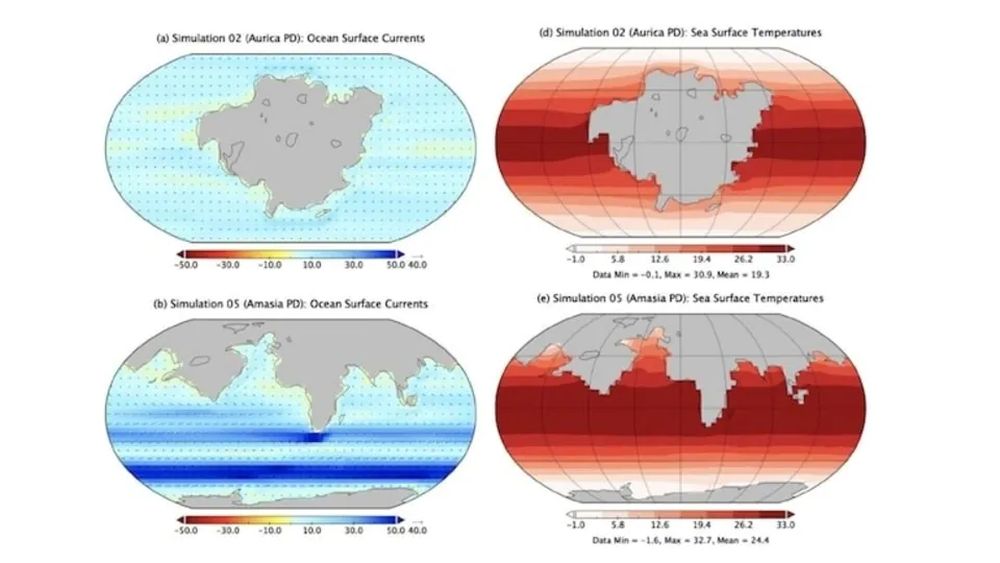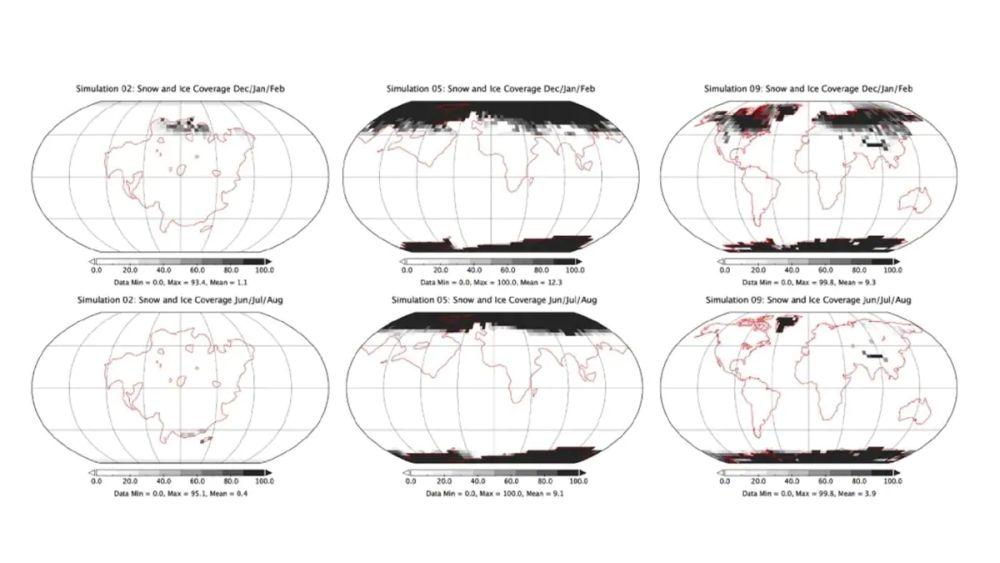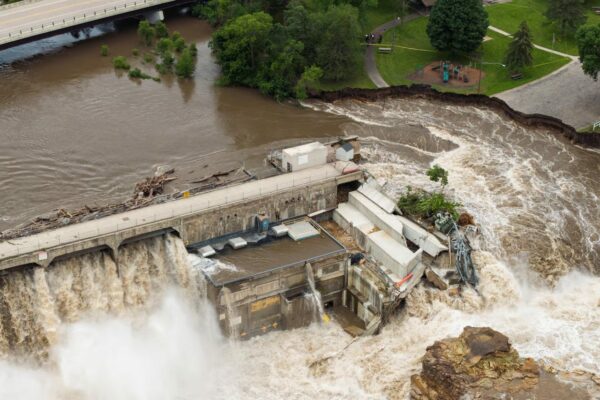Climate Change Might Evolve Planet Earth, Reveals NASA
Movement in tectonic plates is of historical significance, especially since the super continent Pangaea broke into the seven continents and five oceans because of the very same reason. According to the researchers, these tectonic plates are still shifting, which means that our planet is also evolving.
Some predictions are being made, in accordance with a research led by Michael Way of the National Aeronautics and Space Administration (NASA) Goddard Institute for Space Studies, about the changes that may occur on the earth over the next 200 to 250 million years.

Image: Geochemistry, Geophysics, Geosystems
The increased radiation and slower rotation rate of the sun could change the upcoming climate change scenarios completely.
Researchers, in the study published in the “Geochemistry, Geophysics, Geosystems” journal, said;
In one case the present-day continents form into a single landmass near the equator, and in the other case Antarctica stays put, but the rest of the present-day continents are mostly pushed well north of the equator.
According to the study, the continents might culminate into supercontinents and then scatter over a cycle of 400 to 600 million years following something called the supercontinent cycle. Researchers have also recognized strong relations between the movement of the lithosphere plates and climate.
Apparently, there are two probable formations. One is Aurica, a low latitude supercontinent that could emerge around 250 million years later, and the second is Amasia, a high latitude northern supercontinent and a smaller Antarctic subcontinent taking shape in about 200 million years.
Also Read: Scientists Track the Ocean Movement of Deadly Microplastics Using NASA’s Satellite
High altitude land on Amasia would lead to the creation of ice sheets, the white supercontinent may revert more of the sun’s heat and there would be little snow or ice with average temperatures hovering around 20 degrees Celsius, the scientists have claimed.
The researchers while mentioning the Himalaya’s formation by the collision of the India-Eurasia plates, stated that the geological formations on the ever-changing surface of the planet have a strong influence on its climate, which could change for better or worse in these scenarios.

Image: Geochemistry, Geophysics, Geosystems
Via: HT Tech


